The Global Ripple Effect: One Year of War in the Middle East
The reverberations have spread right across the Middle East since that fateful day. Israel has waged war on Hamas in Gaza and against Hezbollah in Lebanon, transforming lives in both regions. Over the last 12 months, more than 40,000 people have died in the Israeli response. The year of war has exposed the deep-seated conflicts and traumas on both sides. Tonight, our first report examines the last year of war, the lives transformed in Israel and Gaza, and the potential implications for the entire region.
The Attack on Kibbutz Kfar Aza
The survivors of the attack on Kibbutz Kfar Aza, close to the Gaza border, have not returned to live here. The ruins remain untouched. Kibbutz Kfar Aza was one of the first targets of Hamas. They killed 62 people and took 19 into Gaza as hostages. The constant buzz of Israeli drones heading for Gaza and the subsequent air strikes have become a daily reality. Bereaved families and a grieving nation were promised total victory over Hamas by their Prime Minister. Yet, a year on, Hamas is still fighting.
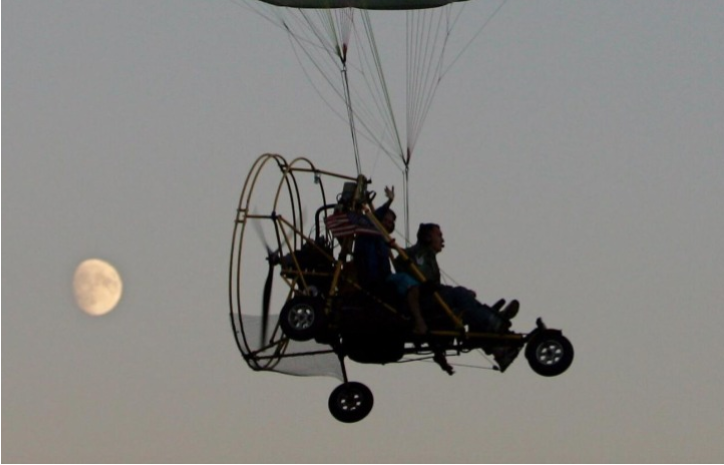
One house in the area has been excavated; it was the home of Nurel Zini and his fiancée Nirit Raviv, both killed by Hamas. Nurel’s father spent weeks looking for his son’s head but never found it. A neighbor remarked, “There was a nightmare on every corner. We are still inside the trauma. We are still in the war.”
Israel’s Deep and Raw National Trauma
For Israelis, Kfar Aza and other places attacked by Hamas on October 7 have become repositories of deep and raw national trauma. The horror that happened here has, for the vast majority of Israelis, absolutely justified everything that Israel has done since then. A year ago, Israeli troops were still fighting Hamas when they led us into Kfar Aza three days after the attack. The year of war since then has ripped away any illusion that the Middle East could be peaceful without resolving deep-seated conflicts.
Hamas fighters, seen by Israelis as enemies funded by Iran to destroy their state, lay where they were killed. The sight of dead Israelis being carried out of the ruins brought back memories of the Nazi Holocaust, which killed six million Jews. Israeli soldiers are now being deployed north to the border with Lebanon, as Israel and Iran are in direct conflict, plummeting towards all-out war.
Israel’s Military Campaign
Israel’s Prime Minister Netanyahu promised a mighty vengeance. His defense minister said they were fighting “human animals” in Gaza and would act accordingly. Gaza City before last October was a bustling urban area, but now, nearly 60% of all buildings have been damaged or destroyed according to satellite analysis.
Hamas told the BBC they attacked Israel to put Palestinians back on the world’s agenda. In response, Israel has continued its bombardment of Gaza. Almost 42,000 Palestinians, mostly civilians, have been killed, with 10,000 missing and thought to be under the rubble. Estimates suggest that 40% of casualties are children. Israel insists it follows the laws of war, spares civilians, and rejects the accusation of genocide made by South Africa at the International Court of Justice.
The Humanitarian Catastrophe in Gaza
More than 2 million Gazans are trapped in a humanitarian catastrophe without food, water, and medical care. Families are repeatedly displaced on Israel’s orders. BBC Verify has tracked how quickly improvised camps spring up. The Israelis say they’re protecting civilians, but the UN says nowhere is safe.
Israel does not allow journalists into Gaza, so trusted Palestinian colleagues filmed Insaf Hassan Ali and her family in Al-Masi, a supposedly safe area hit by at least 18 Israeli air strikes. Insaf and her family have had to move 15 times. “We were walking on Saladin Street when a car was hit. We saw it burning. On the left, there were people killed. On the right, there were people killed. Even the donkeys were thrown around in the bombing. And we said, ‘That’s it, we’re done. The next rocket will be for us.'”
The West Bank and Rising Violence
On the West Bank, violence and killing have increased sharply. In Jenin, many Israeli raids have not deterred or destroyed local armed Palestinian militias. The cemetery is filling up with their dead. The war in Gaza has radicalized both sides. The West Bank is already part of the pileup of serious conflict in the Middle East. There could be a bigger explosion if Israel and Iran continue to accelerate into all-out war.
The Wider Middle East Conflict
The nightmare of the war that started in Gaza spreading and igniting the Middle East is happening. A ceasefire deal in Gaza might just cool the crisis and create a space for diplomacy. Perhaps the war can end in Gaza too, or perhaps it’s too late for that.
Israel’s Offensive Against Hezbollah
Jeremy Bowen, reporting from Jerusalem, explains that the conflict is already engulfing parts of the region and spreading wider and deeper. The situation changed about a month ago when Israel decided to go on the offensive against Hezbollah in Lebanon. Israel made it clear they couldn’t tolerate rocket fire into their country. Hezbollah gambled that their arsenal, provided by Iran, was too strong and that Israel wouldn’t take that risk. However, Israel attacked, killed the leader, blew up key positions, and invaded South Lebanon. In response, Iran hit Israel last Tuesday with ballistic missiles.
The Current Situation
Now, everyone in the region is waiting to see what Israel will do. They have said they’ll hit back, but how they hit back, where they hit, and what Iran does afterward will determine the way this war spirals—either more towards disaster or perhaps slowing down that process.
The Intensifying Conflict in Lebanon
Israeli strikes continue in Lebanon. New evacuation orders have been issued for people living in the south. Hugo Bachega, our correspondent in Beirut, reports that overnight, the most intense Israeli air strikes in this war took place. In the morning, more air strikes followed, capturing secondary explosions, possibly indicating weapons being stored there. Buildings far from the initial strike zone were also destroyed. Israel accuses Hezbollah of hiding weapons among civilians, an accusation Hezbollah denies.
Gaza’s Continued Suffering
In Gaza, Israel’s war against Hamas continues. Israel bombed another school housing displaced residents, claiming Hamas had set up a control center in the building. A nearby mosque was also attacked, with Israel stating Hamas was operating there. The two strikes killed at least 26 people, according to Gaza’s health ministry. Om Mohammad Ahmad lost her daughter and grandchildren in the attack. “Please God defeat Netanyahu. Please God defeat Israel. I hope God defeats you, America. You have made us cry over our children, grandchildren, and loved ones. My heart is breaking.”
Conclusion
The war that started in Gaza has now spread across the Middle East, creating a complex web of conflict involving multiple nations and factions. The humanitarian crisis continues to deepen, with countless lives lost and communities torn apart. As the situation evolves, the international community watches anxiously, hoping for a resolution but fearing further escalation.
FAQ
Q: What triggered the current conflict in the Middle East? A: The current conflict was triggered by a Hamas attack on Kibbutz Kfar Aza, which led to a significant Israeli military response. The conflict has since escalated, involving multiple nations and factions.
Q: How many people have been affected by the conflict? A: Over 40,000 people have died in the last year due to the conflict, with countless others displaced and affected by the ongoing violence.
Q: What is the humanitarian situation in Gaza? A: Gaza is facing a severe humanitarian crisis, with over 2 million people trapped without adequate access to food, water, and medical care. The ongoing conflict has resulted in widespread destruction and displacement.
Q: What role does Iran play in the conflict? A: Iran is a significant player in the conflict, providing support to Hamas and Hezbollah. The ongoing conflict between Israel and Iran has the potential to further escalate the situation in the Middle East.
Q: What are the potential outcomes of the conflict? A: The potential outcomes of the conflict are uncertain. There is hope for a ceasefire and diplomatic resolution, but the situation could also escalate into a broader regional war.
Q: How has the international community responded to the conflict? A: The international community has expressed concern over the ongoing conflict and its humanitarian impact. There have been calls for ceasefires and diplomatic efforts to resolve the situation, but the conflict continues to evolve.
Q: What is the impact of the conflict on global oil prices? A: The conflict has caused fluctuations in global oil prices, with concerns over potential disruptions to oil supply routes. The situation in the Middle East has significant implications for global energy markets.

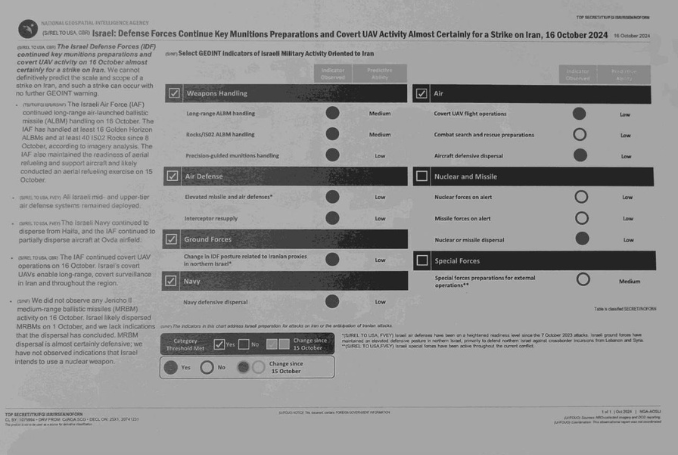

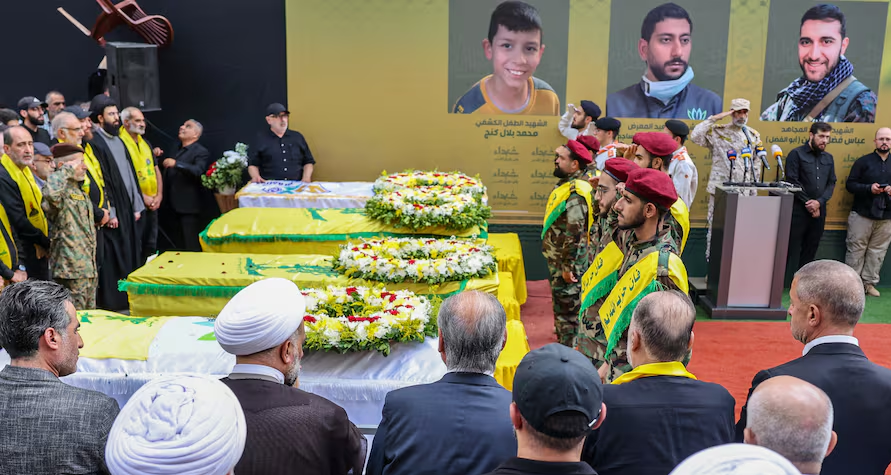



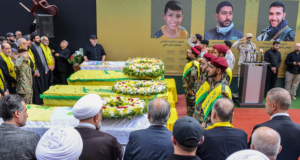
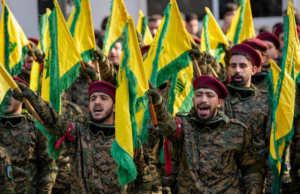

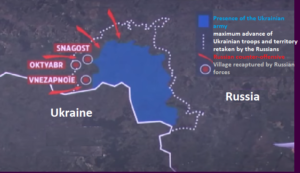



1 comment